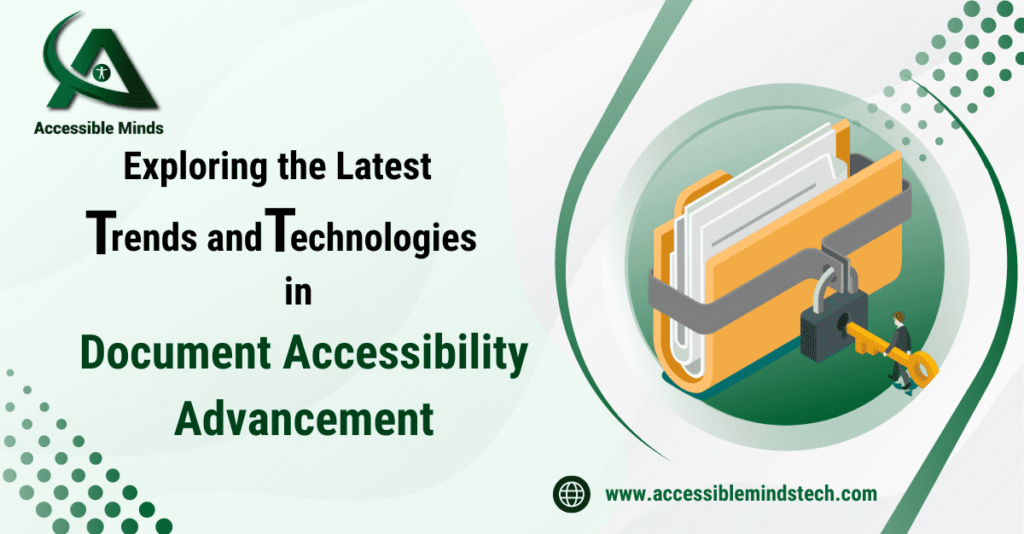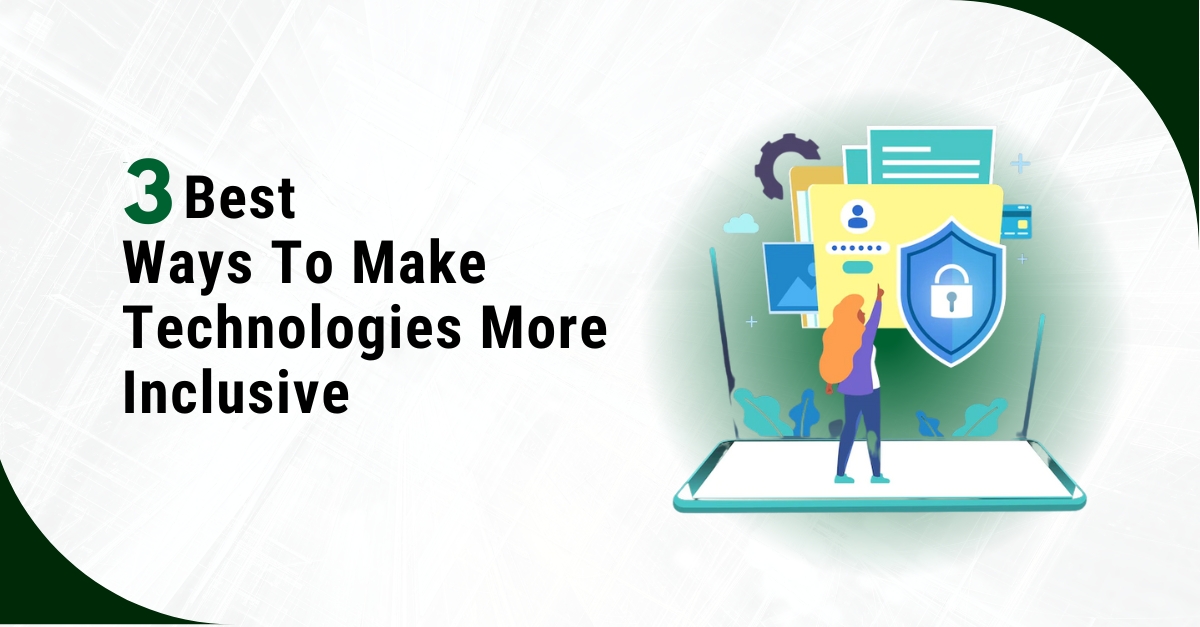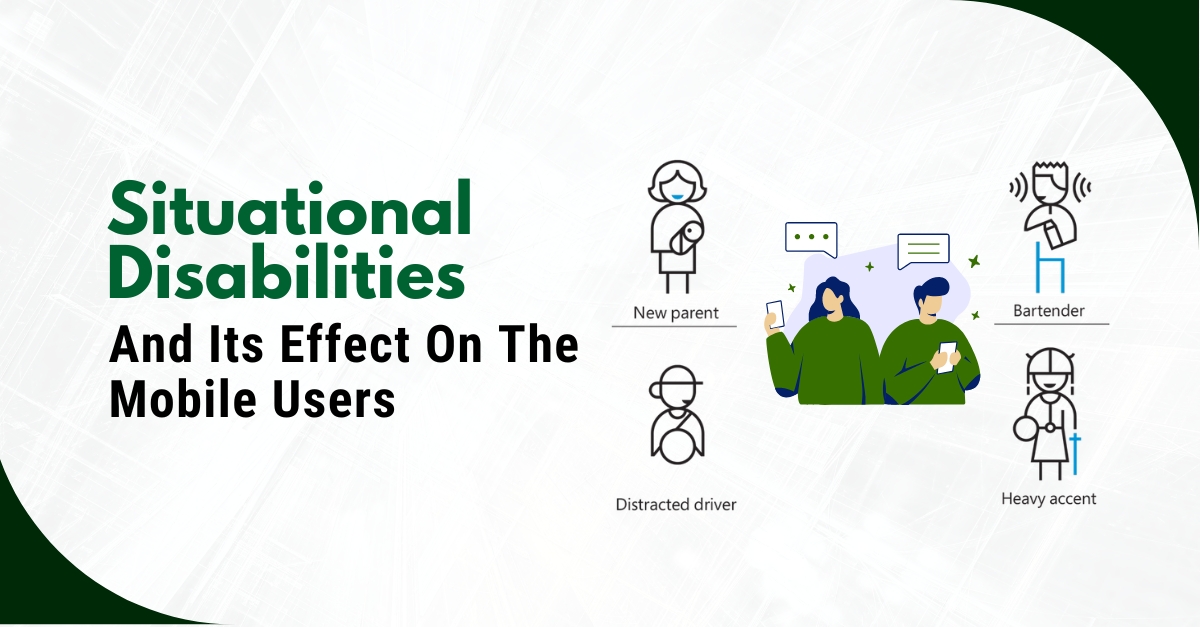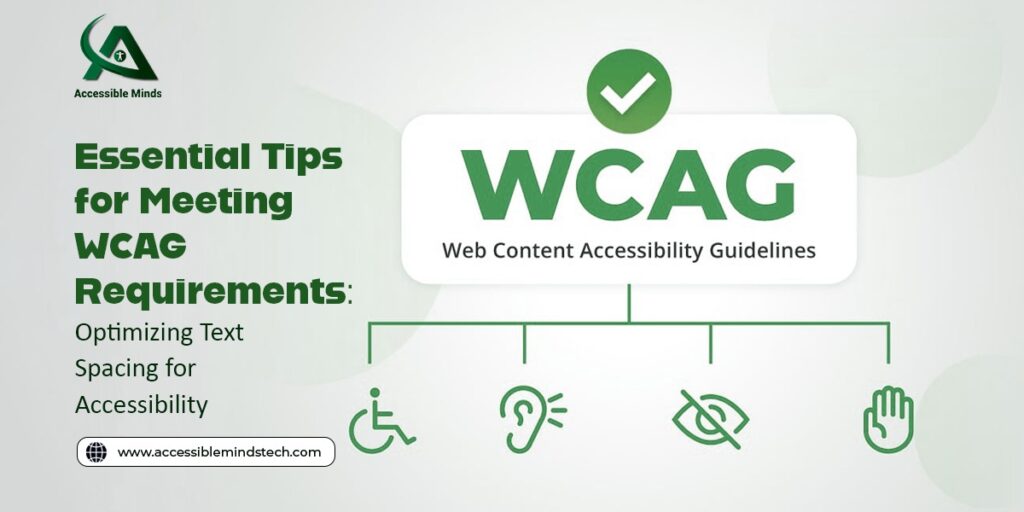In the era of digitalization; the significance of inclusive documents cannot be overstated. They serve as vital channels; ensuring that individuals with disabilities can effortlessly obtain and assimilate information. Fortunately; the rapid advancements in technology have opened new avenues for crafting accessible documents with unprecedented ease. In this piece; we will uncover the transformative trends and cutting-edge technologies that are reshaping the genre of document accessibility.
Artificial Intelligence and Machine Learning:
Artificial Intelligence (AI) and Machine Learning (ML) have emerged as significant advancements in the technology sector; greatly influencing document accessibility. These innovative technologies play a crucial role in enhancing accessibility; resulting in tangible benefits for individuals with disabilities. AI-powered tools designed for document accessibility can autonomously identify accessibility issues and offer suggestions for improvement. ML, on the other hand; can analyze extensive data sets to uncover patterns and generate accessible templates. For instance, an AI-driven tool can analyze a document and convert it into various formats, like audio, Braille and large print, ensuring accessibility for individuals with diverse disabilities. These tools not only save time and effort but also simplify the creation and distribution of accessible documents; ultimately contributing to a more inclusive world for all.
Mobile Accessibility:
As the use of mobile devices continues to soar, they have become an integral part of our daily lives. Consequently, businesses must carefully consider the importance of ensuring ADA (Americans with Disabilities Act) compliance across all mobile platforms. The increasing prevalence of mobile devices has resulted in the widespread adoption of various accessibility features; like text-to-speech, speech-to-text, and image recognition. Moreover, mobile devices seamlessly integrate with other assistive technologies like screen readers and Braille displays, making them invaluable tools for creating accessible documents.
Web Accessibility:
In the digital age; web accessibility is significant for document accessibility. The Web Content Accessibility Guidelines (WCAG) provide a framework for creating accessible web content based on principles like perceivability, operability, understandability and robustness. Accessible websites offer, for example, keyboard navigation, text-to-speech and video captions; ensuring information availability for everyone online.
Virtual Reality:
VR is an emerging technology that enhances accessibility by creating immersive experiences for people with disabilities. It adds virtual elements to physical environments; making real-world encounters accessible to individuals with mobility impairments.
Blockchain Technology:
Blockchain enhances digital accessibility through transparency and immutability, making content and services universally accessible. It enables decentralized content distribution networks; benefiting users with disabilities. Moreover; blockchain fosters secure collaboration and innovation; driving the development of new accessibility technologies. It presents businesses and organizations with a vital opportunity to prioritize digital accessibility and ensure inclusivity for all users.
Voice Recognition Technology:
Voice recognition technology improves digital accessibility for individuals with disabilities by offering an alternative input method. It enhances the user experience and accessibility of digital content; promoting inclusivity and equitable access to information and opportunities.
Inclusive Design:
Inclusive design aims to create accessible and usable products and services for individuals of all abilities. In the digital age, it ensures that websites, apps, and other digital products are accessible to people with diverse disabilities. By prioritizing the needs of users with disabilities from the start; designers can develop intuitive interfaces and content that enhance overall usability and user experience. Inclusive design benefits not only accessibility but also the broader user base.
Cloud Document Management:
Cloud document management revolutionizes digital accessibility by enabling seamless access to documents from any internet-connected device. This flexibility greatly benefits individuals with disabilities who rely on specialized software or assistive technology. Moreover; cloud document management systems typically offer built-in accessibility features like text-to-speech and screen reader capabilities, enhancing readability and interaction for users with disabilities. Ultimately; this technology empowers universal accessibility, making documents widely available and user-friendly for all individuals, regardless of their abilities.
The rapid advancements in digital technology have paved the way for a more inclusive and accessible world. With the advent of AI-driven accessibility; mobile accessibility, web accessibility, VR, blockchain technology and voice recognition; individuals with disabilities now have unprecedented opportunities to interact with the digital realm. By prioritizing inclusive design and user-friendly interfaces; digital technology has expanded its reach to benefit a wider audience. Today; we celebrate the remarkable progress made in making technology accessible to all, enabling everyone to fully experience the countless benefits of a digitally inclusive world.







